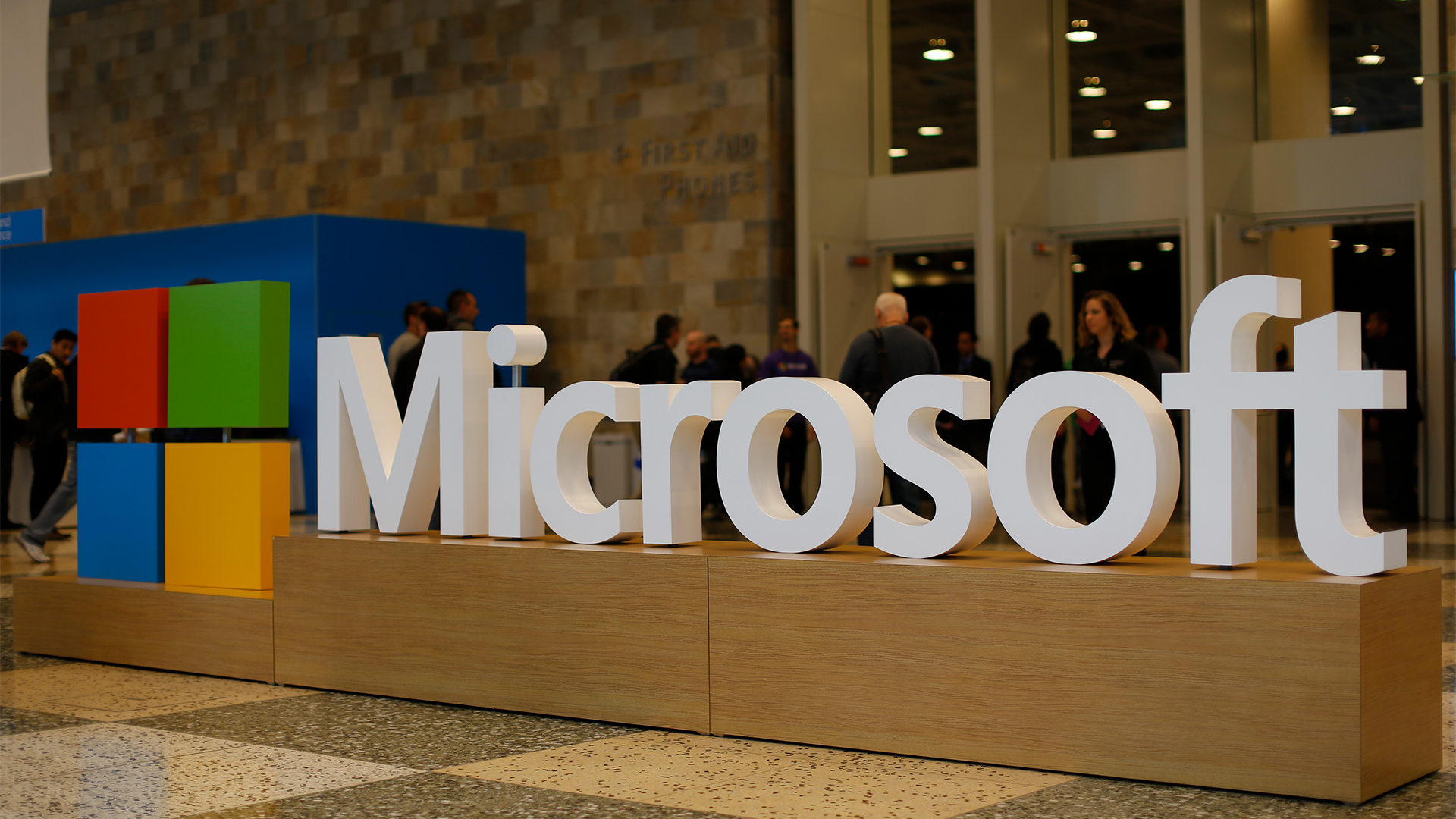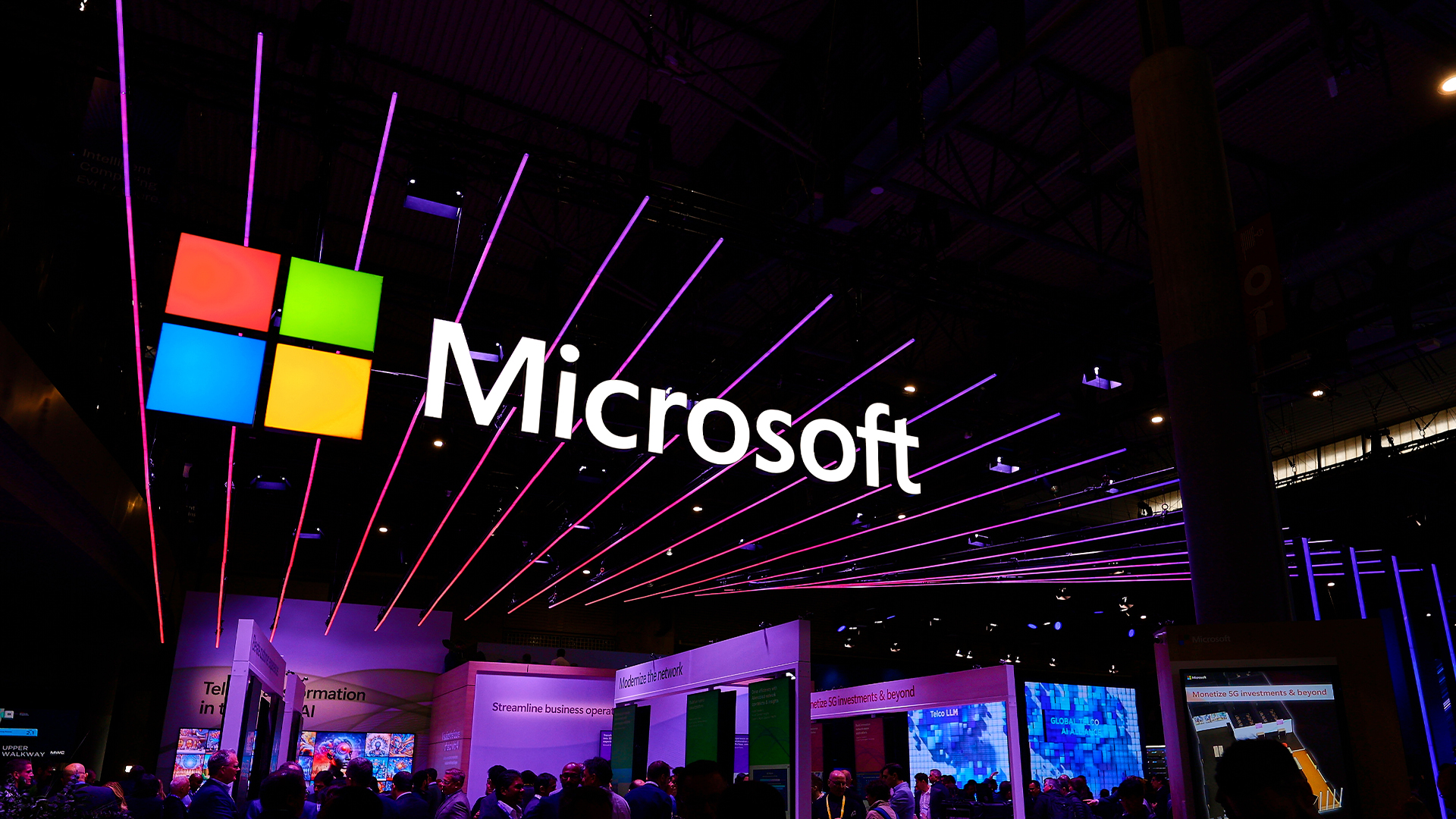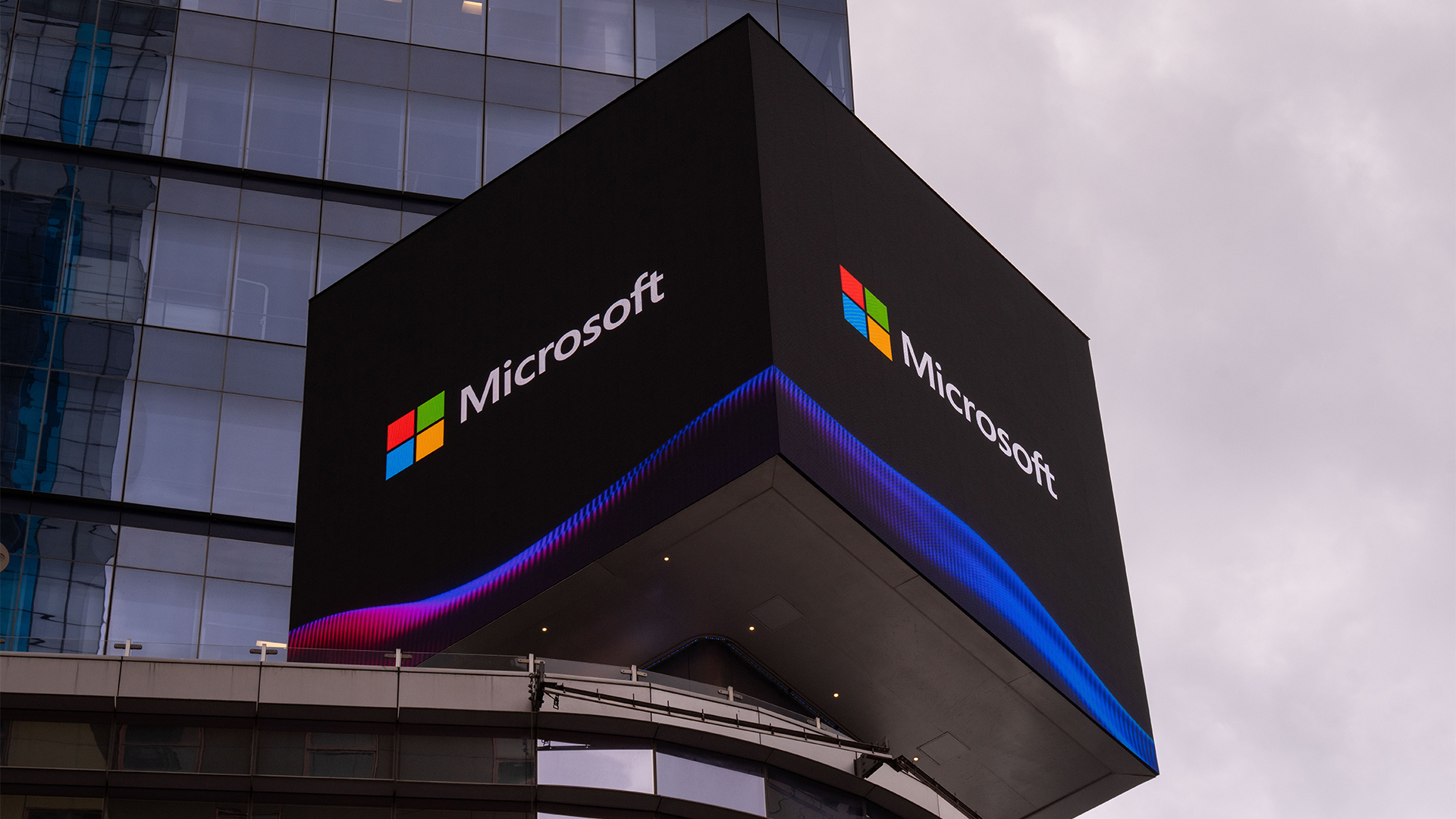March was a rather tame Patch Tuesday for Microsoft, but security experts still advise caution on these two vulnerabilities
Microsoft issued fixes for 61 flaws in this month’s Patch Tuesday, marking a decrease on February - but don't get complacent, experts warn


This month’s Patch Tuesday saw security teams welcome a relatively calm month when it comes to fixed vulnerabilities in software products.
March saw a reduction in the number of vulnerabilities fixed by Microsoft, with just 61 flaws requiring attention, compared to 74 in February.
Notably, only two of these vulnerabilities were critical, fewer than in February, and there were no zero-day vulnerabilities of Proof of Concepts (PoCs) published in the month’s fixes.
None of the flaws included in the update were described as publicly known or under active attack at the time of release, but six were identified as more likely to be exploited.
Here’s a selection of some of the noteworthy vulnerabilities that were remediated in March’s Patch Tuesday.
Two Windows Hyper-V flaws offer opportunity for RCE and DoS attacks
One of the critical vulnerabilities patched by Microsoft was a critical remote code execution (RCE) flaw in Windows.
The tech giant said this could allow an authenticated attacker on a guest VM to send specially crafted operation requests from the VM to hardware resources, and eventually remotely execute arbitrary code on the Hyper-V host server.
Sign up today and you will receive a free copy of our Future Focus 2025 report - the leading guidance on AI, cybersecurity and other IT challenges as per 700+ senior executives
Adam Barnett, lead software engineer at cyber security software company Rapid7, said while the vulnerability is concerned, it would require an attacker to have an “existing foothold” on a guest VM.
“Attackers hoping to escape from a Hyper-V guest virtual machine (VM) and achieve RCE on the Hyper-V host will be interested in CVE-2024-21407. Microsoft describes attack complexity as high: an attacker must first gather information specific to the environment and carry out unspecified preparatory work”, he explained.
RELATED WEBINAR

“Exploitation is via specially crafted file operation requests on the VM to hardware resources on the VM. Every supported version of Windows receives a patch. The advisory describes that no privileges are required for exploitation of the Hyper-V host, although an attacker will presumably need an existing foothold on a guest VM.”
Mike Walters, president and co-founder of patch management specialists Action1, said although there is no evidence of active exploitation, Windows Hyper-V users should nonetheless act hastily to limit their exposure.
“As of this announcement, there have been no public disclosures or known exploitations of this vulnerability. Yet, given its critical severity and possible consequences, it is crucial for Windows Hyper-V users to promptly implement the provided updates to mitigate exposure”, Walters noted.
“This vulnerability is applicable to systems running Windows 10 and newer, as well as Windows Server 2012 and newer that are equipped with the Hyper-V role. Users are urged to apply Microsoft’s official patch to safeguard against this issue. “
Walters added that enterprises should ensure they are adhering to best practices for VM and host server security, such as minimizing user privileges, narrowing network access, and vigilantly monitoring unusual activities.
As well as CVE-2024-21407, Microsoft also patched another Hyper-V flaw in the March update, albeit less severe.
Given a 5.5 on the CVSS, compared to CVE-2024-21407’s 8.8 rating, CVE-2024-21408 is a denial of service (DoS) vulnerability that could allow hackers to compromise devices rendering them inaccessible to legitimate users.
Uncertainty about Exchange server RCE vulnerability leaves experts urging caution
Another notable vulnerability was CVE-2024-26198, an RCE vulnerability in Microsoft Exchange Server, that received a score of 8.8 on the CVSS.
Despite its high degree of severity, the flaw was not designated as critical due to the necessity for user interaction in order for the vulnerability to be exploited.
Regardless, the flaw remains a substantial threat to Microsoft Exchange Server Environments, according to Walters, who outlined the potential attack path a hacker could take to exploit the vulnerability and its contingency on user interaction.
“This vulnerability enables an unauthenticated attacker to remotely execute arbitrary code on the affected system. This is achieved by enticing a user to open a specially crafted file placed either online or within a local network location. The necessity for user interaction — convincing a user to engage with the file—plays a pivotal role in the exploitation process.”
Adam Barnett said due to Exchange being a popular target for threat actors, patching on-premises instances of the platform is crucial in order to reduce the risk of falling prey to an attack.
Barnett expressed some confusion, however, around the target context of the remote execution, noting it was not clear what sort of user interaction the attack required and what a hacker could achieve if successful.
“Since the context of the user opening the malicious file is not specified — an Exchange admin? a user running a mail client connecting to Exchange? something else altogether? — it remains unclear what an attacker might be able to achieve”.
He also noted that a previous Exchange flaw affecting the 2016 version - disclosed in February - is yet to be directly addressed, cautioning admins that their Exchange instance may still be vulnerable.
“Exchange 2016 admins who were dismayed by the lack of [a] patch for last month’s CVE-2024-21410 may feel somewhat reassured that Microsoft has issued a patch which claims to fully remediate this month’s CVE-2024-26198, but in the absence of any explicit advice to the contrary, a fully-patched Exchange 2016 remains unprotected against CVE-2024-21410 unless the guidance on that advisory is followed.”

Solomon Klappholz is a former staff writer for ITPro and ChannelPro. He has experience writing about the technologies that facilitate industrial manufacturing, which led to him developing a particular interest in cybersecurity, IT regulation, industrial infrastructure applications, and machine learning.
-
 2025 marked the beginning of the end for OpenAI
2025 marked the beginning of the end for OpenAIOpinion OpenAI has its fingers in too many pies and it’s rapidly losing favor with consumers and enterprises alike
-
 The changing role of the MSP: What does this mean for security?
The changing role of the MSP: What does this mean for security?Industry Insights Smaller businesses are more reliant on MSP support, but this also puts providers under increased scrutiny...
-
 The Microsoft bug bounty program just got a big update — and even applies to third-party code
The Microsoft bug bounty program just got a big update — and even applies to third-party codeNews Microsoft is expanding its bug bounty program to cover all of its products, even those that haven't previously been covered by a bounty before and even third-party code.
-
 Microsoft Teams is getting a new location tracking feature that lets bosses snoop on staff – research shows it could cause workforce pushback
Microsoft Teams is getting a new location tracking feature that lets bosses snoop on staff – research shows it could cause workforce pushbackNews A new location tracking feature in Microsoft Teams will make it easier to keep tabs on your colleague's activities – and for your boss to know exactly where you are.
-
 Microsoft opens up Entra Agent ID preview with new AI features
Microsoft opens up Entra Agent ID preview with new AI featuresNews Microsoft Entra Agent ID aims to help manage influx of AI agents using existing tools
-
 A notorious ransomware group is spreading fake Microsoft Teams ads to snare victims
A notorious ransomware group is spreading fake Microsoft Teams ads to snare victimsNews The Rhysida ransomware group is leveraging Trusted Signing from Microsoft to lend plausibility to its activities
-
 CISA just published crucial new guidance on keeping Microsoft Exchange servers secure
CISA just published crucial new guidance on keeping Microsoft Exchange servers secureNews With a spate of attacks against Microsoft Exchange in recent years, CISA and the NSA have published crucial new guidance for organizations to shore up defenses.
-
 CISA issues alert after botched Windows Server patch exposes critical flaw
CISA issues alert after botched Windows Server patch exposes critical flawNews A critical remote code execution flaw in Windows Server is being exploited in the wild, despite a previous 'fix'
-
 Microsoft issues warning over “opportunistic” cyber criminals targeting big business
Microsoft issues warning over “opportunistic” cyber criminals targeting big businessNews Microsoft has called on governments to do more to support organizations
-
 A terrifying Microsoft flaw could’ve allowed hackers to compromise ‘every Entra ID tenant in the world’
A terrifying Microsoft flaw could’ve allowed hackers to compromise ‘every Entra ID tenant in the world’News The Entra ID vulnerability could have allowed full access to virtually all Azure customer accounts